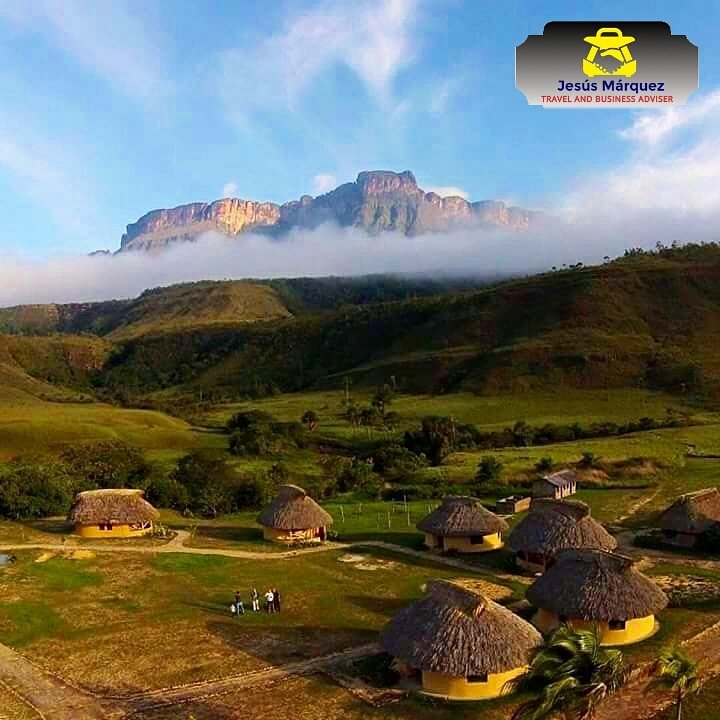
During the time of the Conquest and the Colony, the extent of the territories of Guayana and its natural riches gave rise to the legend of El Dorado, which caught the attention of adventurers, explorers and colonizers. These, eventually came to these lands in search of gold, precious stones and other valuable products. From there began the exploration of a territory so large and difficult to access that to date it has several areas to which no one has arrived.
Due to the richness and diversity, both biological and mineral and geographic of the Southeast of Guayana, it was necessary the protection of the territory by the Government of Venezuela. For this reason, Canaima would be declared a National Park, many years later, by Executive Decree No. 770 dated June 12, 1962. The park is the second largest in the country.
Canaima National Park currently occupies an area of about three million hectares (about 30,000 km²), which places it among the six largest national parks in the world. However, its original surface was one million hectares, and did not include the territory of the Gran Sabana.
Poster placed by INPARQUES at the entrance to the Gran Sabana, after La Escalera
It was extended in 1975 to cover several points of high ecological importance. Among these places include: the basin of the Carrao River, the headwaters of the Caroní River, the Sierra de Lema, the source of the Cuyuní River and the undulating plains, which form the Gran Sabana. Currently, the territory of the Gran Sabana. It is 1,082,000 hectares, as can be seen in the image of the entrance sign to the park.
At present, the Gran Sabana continues to represent a place of high ecological value, not only for UNESCO, which proclaimed it a World Heritage Site in 1994 when it granted this title to the Canaima National Park; but also for the National Government that promotes its conservation and exploration, and for the inhabitants of Venezuela: thousands of tourists visit the place every year. There they can enjoy the variety of natural wonders present in the park and enjoy both the beauty of its sites of interest (its unique relief, the profiled landscapes of the tepuys, the waterfalls, waterfalls and streams), as well as its diversity of species of fauna and flora. The latter attract many scholars and scientists from around the world. Only in the Gran Sabana are 40% of the species of Venezuela, and 23% in terms of reptiles and amphibians, with a large number of endemic species.
The most important city in the area is Santa Elena de Uairén. It has experienced a fairly rapid growth, with a population that exceeds 30,000 inhabitants. It was founded in the year 1923 by Lucas Fernández Peña, attracted by the diamond boom in the area. Its average temperature is between 25 and 28 ° C. It is located at 910 meters above sea level, 15 km from the border with Brazil, 615 km from Ciudad Guayana, and about 1,400 km from Caracas, by paved road. The total population of the Gran Sabana is currently estimated at about 48,000 inhabitants.